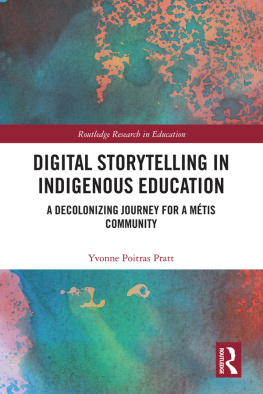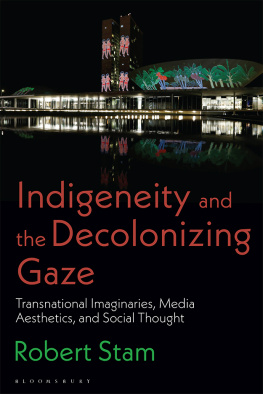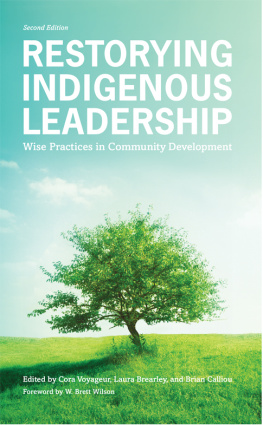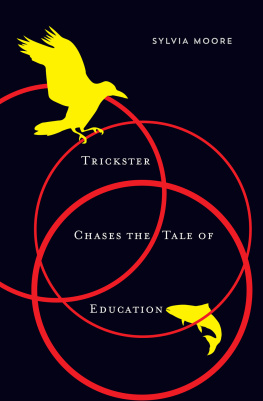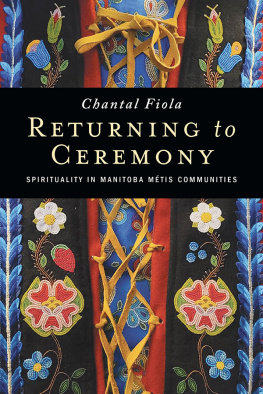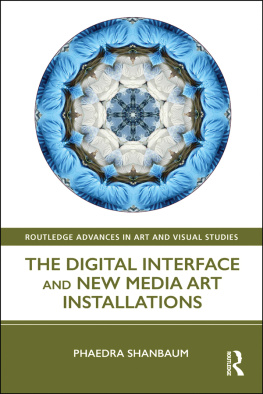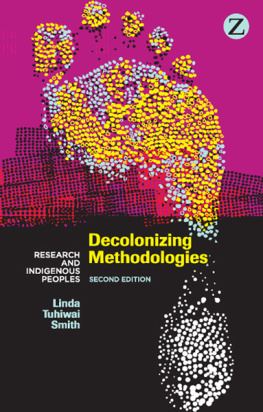The project of translating a communications project into an education project is a daunting undertaking; at the same time, I am reminded that many people supported me in bringing this project to fruition, and are continuing to support me in the worthwhile work of translation. In my home life, I have been blessed to share almost four decades of my life with my husband, Ross, who continues to support my hopes and dreams. After the busyness of raising three children while earning three degrees, I now have the joy of seeing my adult children Ryan, Samantha, and Justin pursue their own professional dreams. My mother deserves thanks for supporting my return to school through our home-based pie business that got way too popular as time went on yet made enough dough for my undergraduate tuition fees. I have also been blessed in life with special friends, cousins, and other family members, alongside a growing contingent of Mtis kin who regularly impress me with their sheer determination and drive. With so many people at my side, it is almost impossible to find space for all my appreciation.
I am especially proud of the courage and creativity displayed by the people of the Fishing Lake Mtis Settlement, namely Susan Barthel and Ryck Chalifoux, who kept their faith in the project during the most trying of times. I am honoured by your trust and unwavering support. Together, we made it happen. My gratitude is similarly extended to the leadership of the Fishing Lake Settlement councils, and chairs, as well as the Mtis Settlements General Council, who made the storytelling project our own. Special thanks to Robert Kershaw, the Canadian Director of StoryCenter, who came around to the idea of embracing chaos, thereby earning a special spot in the hearts of Fishing Lake storytellers. My gratitude also extends to Bruce Hardy of Function Four Ltd., who often kept us going with his visioning and faith in the project. I was also blessed to have my former advisor, Dr. Tamara Seiler, at my side. She provided the right words of encouragement, at just the right time, and her unfailing support and dedication turned the little girl from the bush into an academic. I continue to have the utmost admiration and respect for this eloquent, diplomatic, and caring scholar. Special thanks to international scholars and mentors Allan Luke and Courtney Cazden, who saw promise in the humble collection of homemade digital stories and made all the right connections for me at Routledge Press.
I also extend my sincere thanks to the Social Sciences and Humanities Research Council of Canada for supporting my storytelling vision through the timely awarding of a Canada Graduate Scholarship. This funding allowed me to focus my energy and attention on a project that has meant so much to so many.
Finally, I want to express my sincere appreciation to the Elders and knowledge-keepers who supported this work: Rose Durocher, Muriel Cardinal, (late) Joe Deschamps, Gilbert Fayant, Richard Currie, (late) Christina Desjarlais, Flora Gladue, and (late) Florence Parenteau. Thanks also to the many gifted storytellers of the Fishing Lake Mtis Settlement who stepped forward to contribute their voices, stories, songs, photos, humour, tears, creativity, and vision to this work. I remain forever grateful. I would list your names one by one but my hope is that this list will eventually grow to include all settlement families making for a truly collective story of the Fishing Lake Metis Settlement.
kinanskomitinww
Acoose, J. (1994). Post halfbreed. In J. Armstrong (Ed.), Looking at the words of our people: First nations analysis of literature . Penticton, BC: Theytus Press.
Adichie, C. (2009). The danger of a single story. Ted talk . Retrieved from www.ted.com/talks/chimamanda_adichie_the_danger_of_a_single_story?utm_campaign=tedspread&utm_medium=referral&utm_source=tedcomshare
Akiwenzie-Damm, K., & Armstrong, J. (1993). Says who. In J. Armstrong (Ed.), Looking at the words of our people: First nations analysis of literature (pp. 926). Penticton, BC: Theytus Press.
Alberta Education. (2018). Teaching quality standard . Retrieved from https://education.alberta.ca/media/3739620/standardsdoc-tqs-_fa-web-2018-01-17.pdf
Alcoff, L. (199192, Winter). The problem of speaking for others. Cultural Critique , 532.
Alia, V. (2003). Scattered voices, global vision: Indigenous peoples and the new media nation. In K. H. Karim (Ed.), The media of diaspora (pp. 3650). London and New York, NY: Routledge, Taylor & Francis Group.
Alia, V. (2009). Outlaws and citizens: Indigenous people and the New Media Nation. International Journal of Media and Cultural Politics , (1&2), 3954 doi:10.1386/macp.5.1&2.39/1
Alia, V. (2010). The new media nation: Indigenous peoples and global communication (Vol. 2). New York, NY: Berghahn Books.
Andersen, C. (2008). From nation to population: The racialisation of Mtis in the Canadian census. Nations and Nationalism , (2), 347368.
Andersen, C. (2011, Winter). Moya Tipimsook (The people who arent their own bosses): Racialization and the miscrecognition of Mtis in Upper Great Lakes Ethnohistory. Ethnohistory , (1), 3763.
Andersen, C. (2013). Settling for community? Juridical visions of historical Mtis collectivity in and after R. v. Powley. In N. St.Onge, C. Podruchny, & B. MacDougall (Eds.), Contours of a people: Mtis family, mobility and history (pp. 392421). Norman, OK: University of Oklahoma Press.
Andersen, C. (2014). Mtis: Race, recognition, and the struggle for indigenous peoplehood . Vancouver, BC: UBC Press.
Anderson, A. (1985). The first Mtis: A new nation . Edmonton, AB: UVISCO Press. Archibald, J. (2008). Indigenous storywork: Educating the heart, mind, body, and spirit . Vancouver, BC: UBC Press.
Armstrong, J. (1985). Slash . Penticton, BC: Theytus Books.
Armstrong, J. (1992). Racism: Racial exclusivity and cultural supremacy. In M. Campbell, D. Jensen, & J. A. Fedorik (Eds.), Give back/first nations perspectives on cultural practice (Vol. 11, pp. 7482). Vancouver Gallerie, BC: Women Artists Monograms.
Armstrong, J. (1998). The disempowerment of North American Native peoples and empowerment through their writing. In D. D. Moses & T. Goldie (Eds.), An anthology of Canadian native literature in English (2nd ed., pp. 239242). Don Mills, ON: Oxford University Press.
Armstrong, J., & Cardinal, D. (1991). The native creative process/a collaborative discourse between Douglas Cardinal and Jeannette Armstrong; with photographs by Greg Young-Ing . Penticton, BC: Theytus Books.
Ashcroft, B., Griffiths, G., & Tiffin, H. (1989/2002). The empire writes back: Theory and practice in post-colonial literatures . London: Routledge.
Ashcroft, B., Griffiths, G., & Tiffin, H. (2000/2007). Post-colonial studies: The key concepts (2nd ed.). Abingdon, NY: Routledge.
Association of Canadian Deans of Education. (2010). Accord on indigenous education. Retrieved from http://www.csse-scee.ca/docs/acde/acde_accord_indigenousresearch_en.pdf
Augustus, C. (2008). Mtis Scrip . Retrieved from http://digital.scaa.sk.ca/ourlegacy/exhibit_scrip
Baldwin, G. D. (1993, August 3). Public access to the internet: American Indian and Alaskan Native issues. Race & Ethnicity . Retrieved from http://race.eserver.org/networking-the-nations.html
Barthel, S. (2011). Personal interview. Fishing Lake, AB.
Bartlett, J. G. (2005). Health and well-being of Mtis women in Manitoba. Canadian Journal of Public Health , (Suppl. 1).
Battiste, M. (2013). Decolonizing education: Nourishing the learning spirit . Saskatoon, SK: Purich Press.
Bear Nicholas, A. (2001). Canadas colonial mission: The great white bird . Web-site, Works of interest, St. Thomas University, Department of Native Studies. Retrieved from www.nativestudies.org/works.html

